Some travel destinations capture the distinctive atmosphere of Sunday afternoons among bookshelves—unhurried exploration, unexpected discoveries, and quiet companionship with occasional whispered conversations. These places maintain the particular quality of time found in bookshops when weekend errands conclude, but Monday responsibilities remain distant.
Here is a list of 16 destinations that recreate the bookstore Sunday experience through their pace, aesthetics, and invitation to wander purposefully without strict itineraries or expectations.
Hay-on-Wye’s Literary Landscape
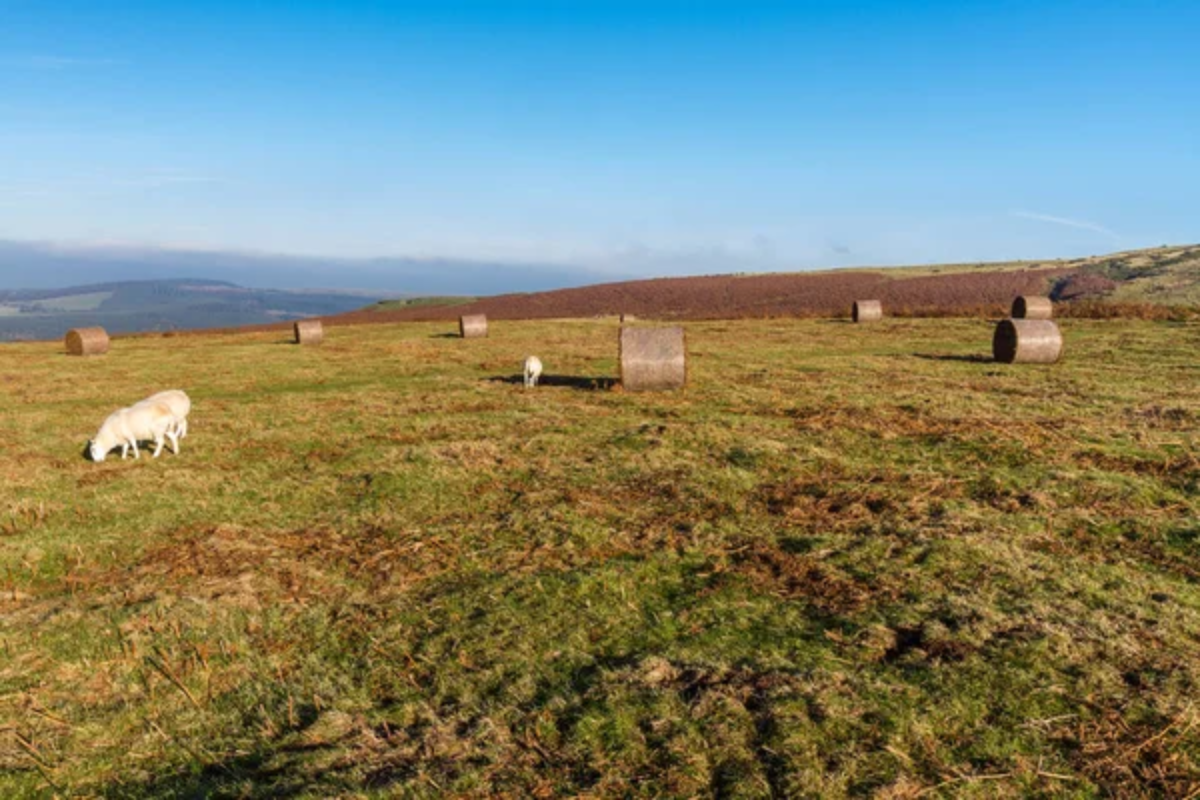
This Welsh border town has turned itself into a living library with dozens of bookshops occupying former pubs, cinemas, and private homes throughout the village. The streets function as corridors between genre sections, with shops specializing in everything from crime fiction to botanical illustrations.
Stone buildings with creaking floors and uneven shelving create perfect browsing environments where discoveries happen through physical exploration rather than search algorithms. The annual Hay Festival of Literature & Arts transforms the entire town into a conversation about books, but the everyday experience maintains a browsing culture year-round.
Porto’s Lello Bookshop District
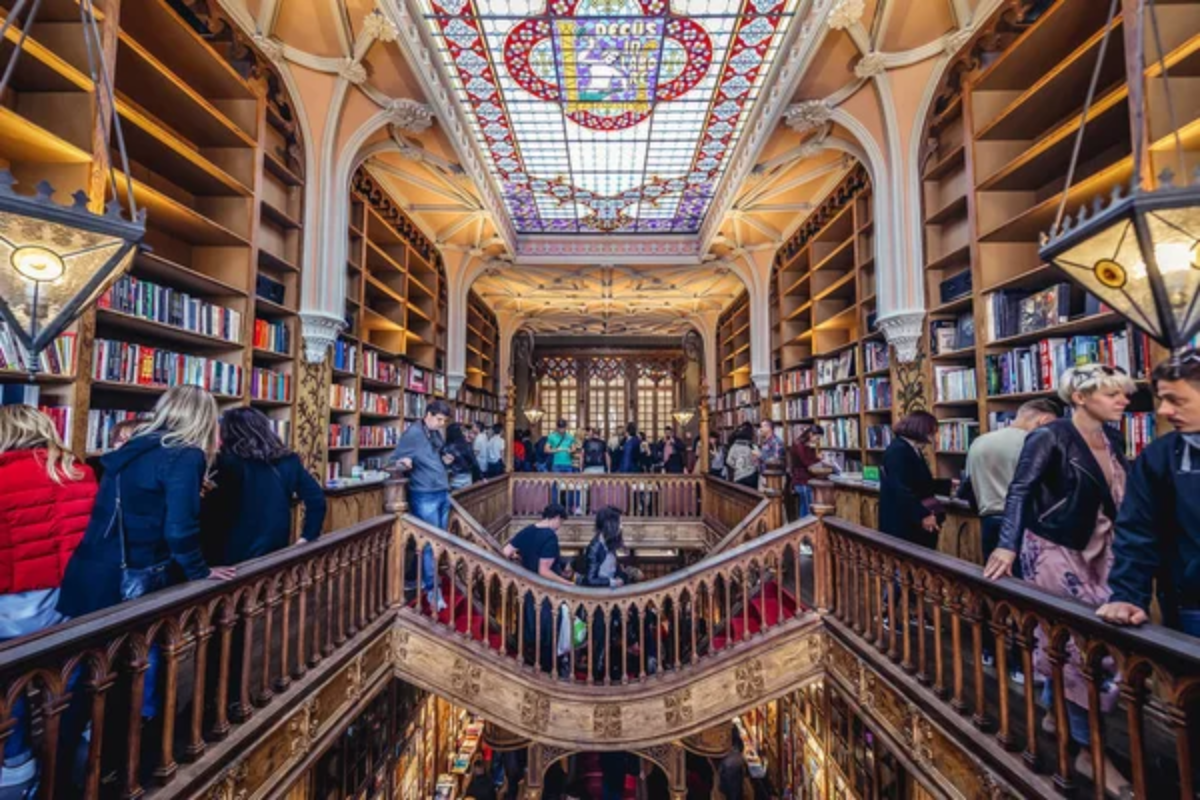
While the famous Livraria Lello draws crowds for its elaborate staircase, the surrounding streets maintain literary culture through numerous lesser-known shops and cafés. The neighborhood functions as a dispersed library where different establishments specialize in particular subjects or periods, encouraging movement between them.
Wooden interiors with worn patinas and natural light filtering through tall windows create environments where time naturally slows to reading pace. The Portuguese literary tradition remains evident through displays emphasizing national authors alongside international selections, creating a cultural context for browsing.
Like Travel Pug’s content? Follow us on MSN.
Paris’s Left Bank Passages
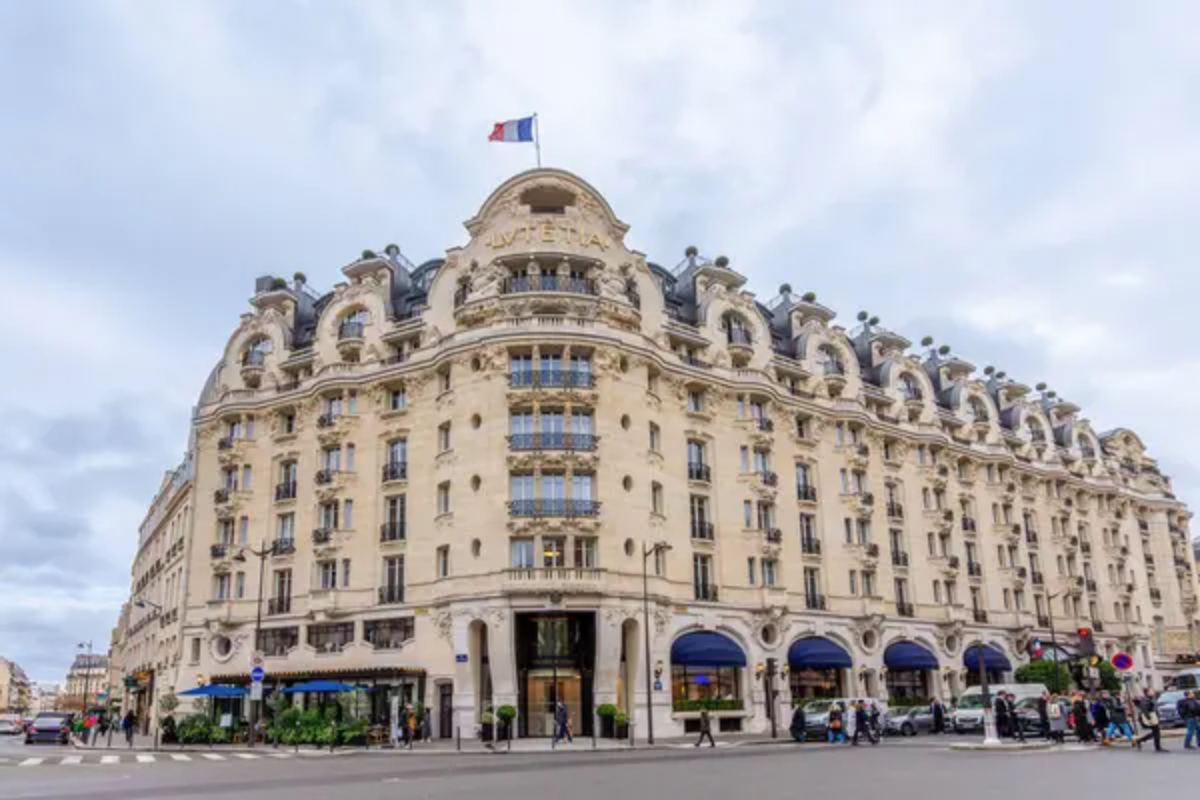
The covered arcades and narrow streets around Boulevard Saint-Germain preserve spaces where intellectual life flourished for generations through bookshops, publishing houses, and café conversations. These passages create transitional spaces between bustling boulevards and quiet courtyards, with shifting light quality that changes dramatically with the weather and time of day.
Shops maintain the tradition of displaying both the newest publications and classic editions, creating a visual conversation between contemporary and historical thinking. The neighborhood accommodates lingering through abundant benches and café terraces where purchases can be immediately examined without pressure to continue moving.
Edinburgh’s Old Town Wynds
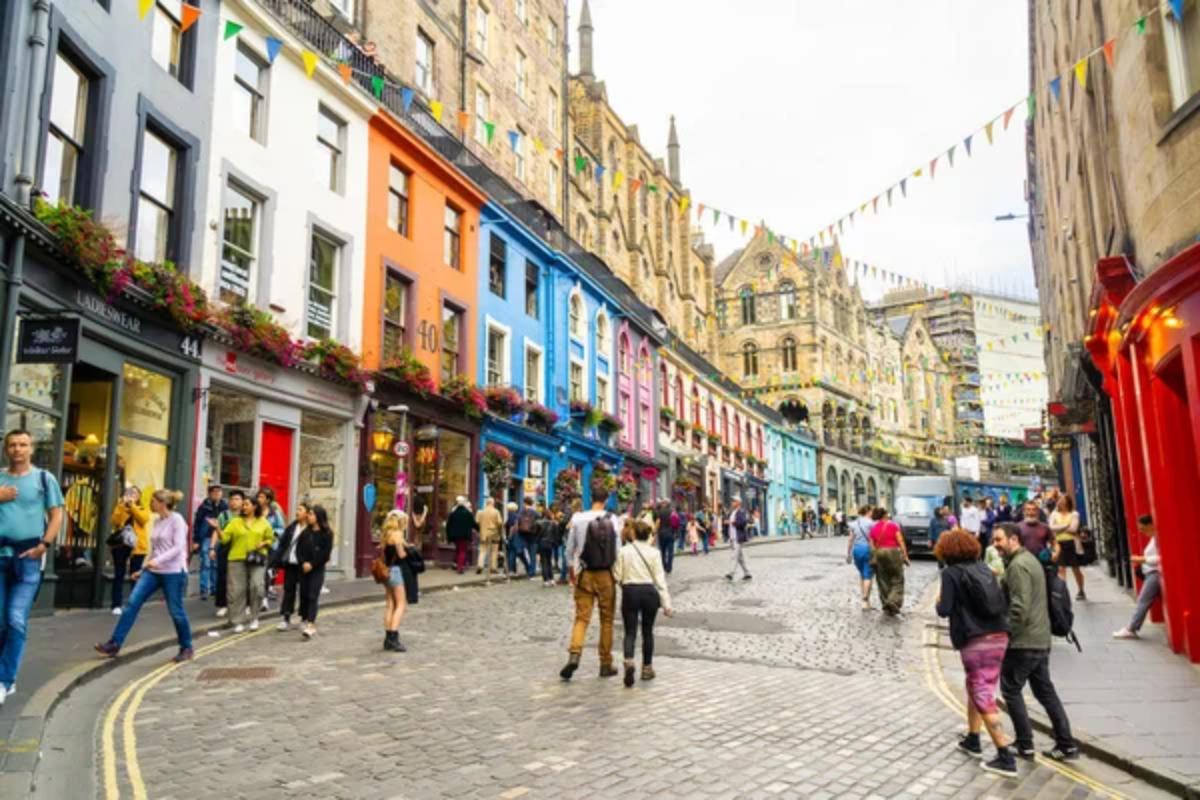
The Scottish capital maintains a literary atmosphere through narrow pedestrian lanes connecting major streets, creating discovery spaces similar to reaching into unknown shelves. These wynds feature independent shops occupying centuries-old buildings where uneven floors and odd ceiling heights create distinctive room personalities rather than uniform retail spaces.
The city’s UNESCO World Literature designation manifests through quotations embedded in pavements and buildings, turning ordinary walks into textual encounters. The yearlong calendar of book festivals and author events maintains constant literary programming without overwhelming daily browsing culture.
Venice’s Acqua Alta Bookshop Neighborhood

The famous flooding bookshop with its gondola display shelves anchors an area where literary culture adapts to the city’s unique conditions. Books occupy spaces designed for entirely different purposes—former palazzos, ground-floor apartments, and repurposed workshops—creating browsing environments that reflect Venetian improvisation.
The absence of vehicle traffic means ambient sound comes primarily from human voices and footsteps, creating an acoustic environment similar to library reading rooms. The necessary slowness of Venetian movement—navigating bridges, narrow passages, dead ends—establishes a pace conducive to contemplation rather than consumption.
Like Travel Pug’s content? Follow us on MSN.
Tokyo’s Jimbocho Book District
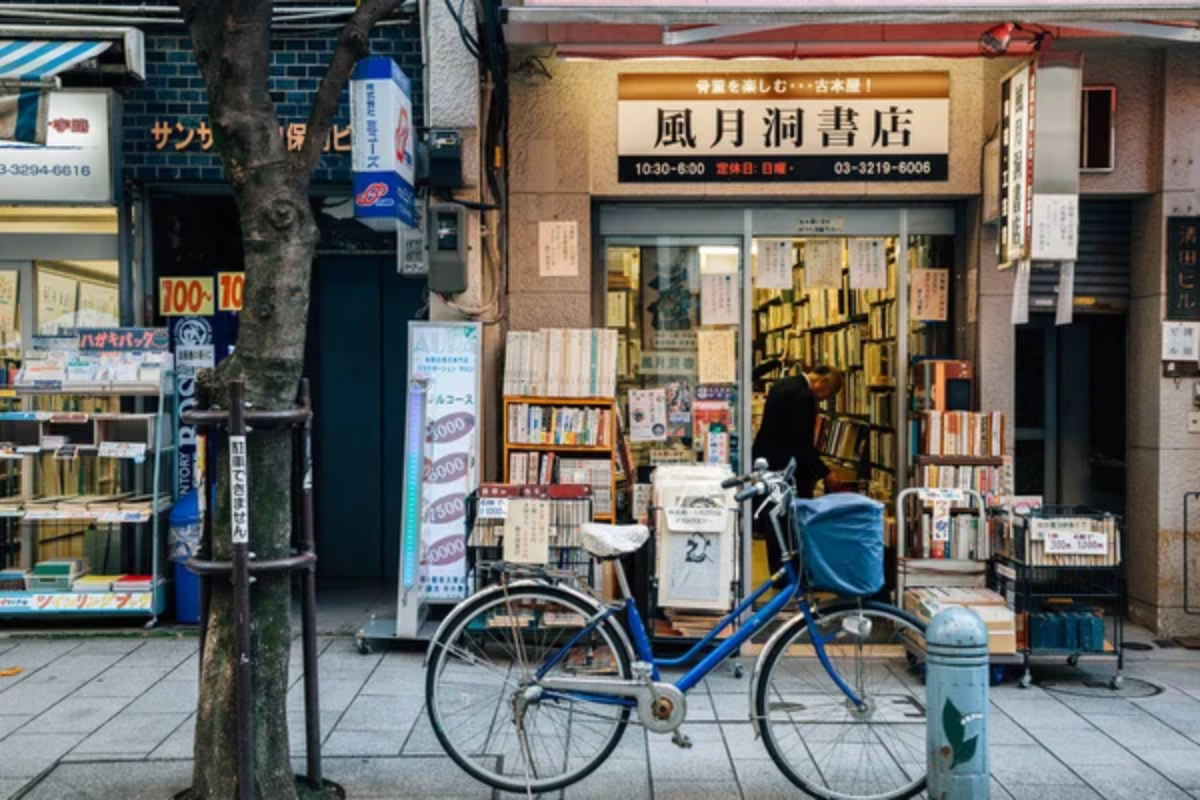
Unlike individual shops, this neighborhood dedicates itself entirely to book culture through hundreds of specialized stores lining several city blocks. The district organizes itself loosely by genre and language, creating natural browsing circuits between related topics. Multi-story shops feature narrow staircases connecting specialized floors, replicating the vertical exploration of tall library shelves.
The Japanese tradition of book preservation means even older shops maintain impeccable organization while embracing the natural aging processes of paper and binding materials. The neighborhood supports extended browsing through small coffee shops where purchases can be immediately examined.
Melbourne’s Laneway Bookshops
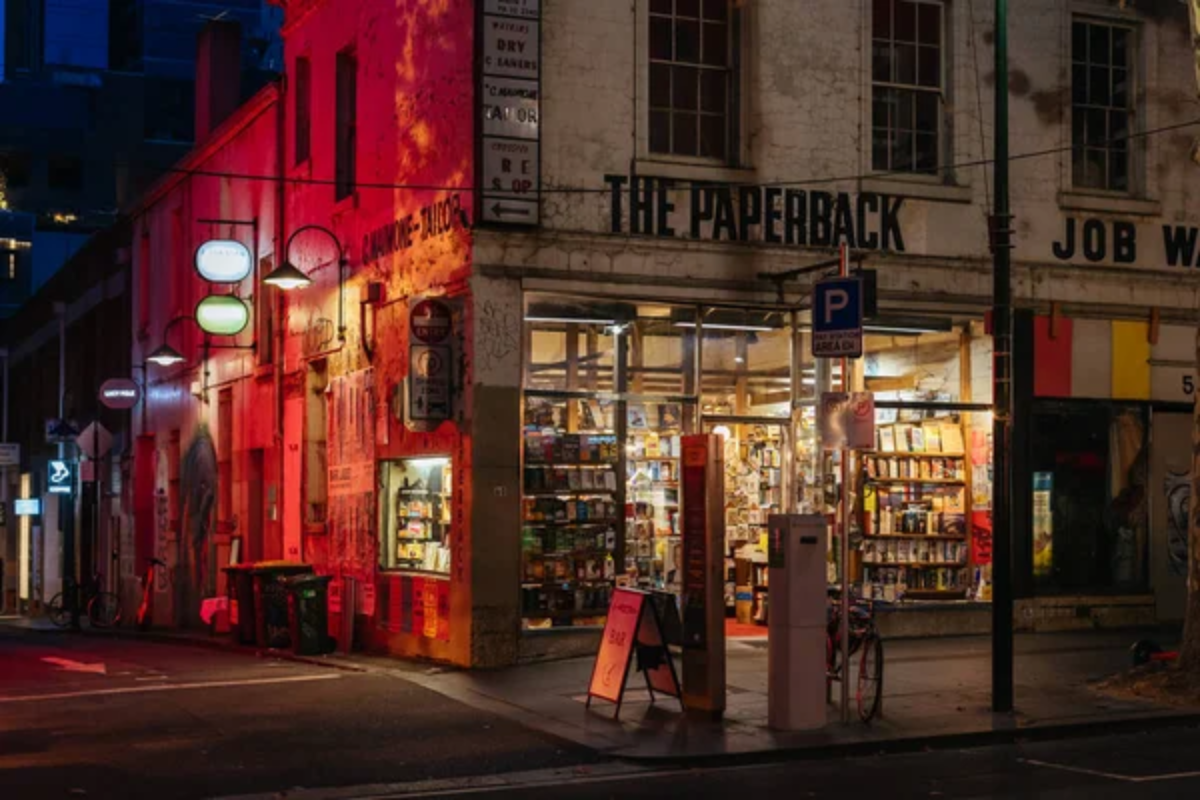
The Australian city’s famous pedestrian lanes host bookshops that spill outward onto narrow passages, creating semi-outdoor browsing experiences regardless of weather. These shops occupy spaces never intended for retail, adapting to architectural quirks through creative shelving solutions and reading nooks.
The city’s coffee culture integrates naturally with book browsing, with many shops incorporating café counters or partnering with neighboring establishments. The laneway network creates natural circulation patterns where browsers move between shops according to interest rather than predetermined routes.
Boston’s Beacon Hill Side Streets
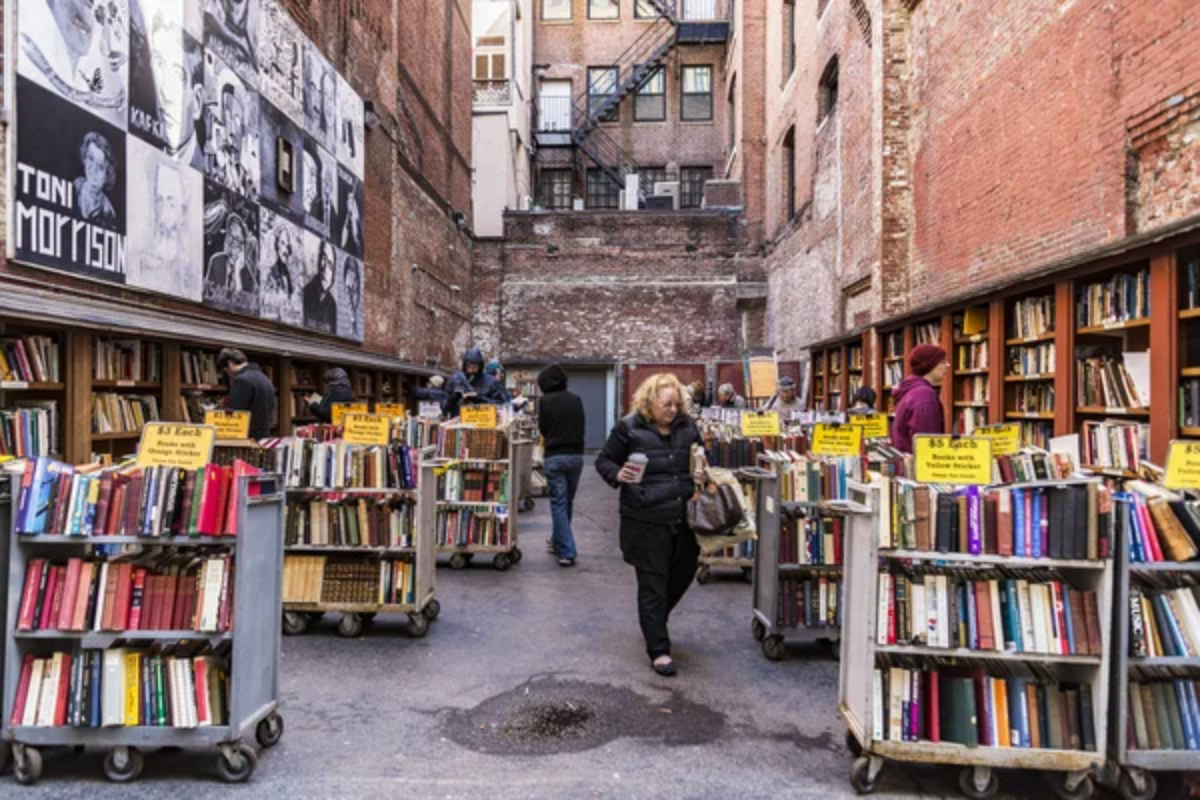
The historic neighborhood maintains bookshop density unusual in contemporary American cities, with stores occupying Federal-period buildings along brick sidewalks and cobblestone streets. These shops feature multi-room layouts where each chamber develops a distinctive character through specialized collections and furnishings selected to match the architectural period.
Window seats and reading nooks encourage immediate sampling of purchases, creating a transition between shopping and reading as an integrated experience. The neighborhood’s connection to American literary history is evident through specialization in local authors and publishing history.
Like Travel Pug’s content? Follow us on MSN.
Kolkata’s College Street Market
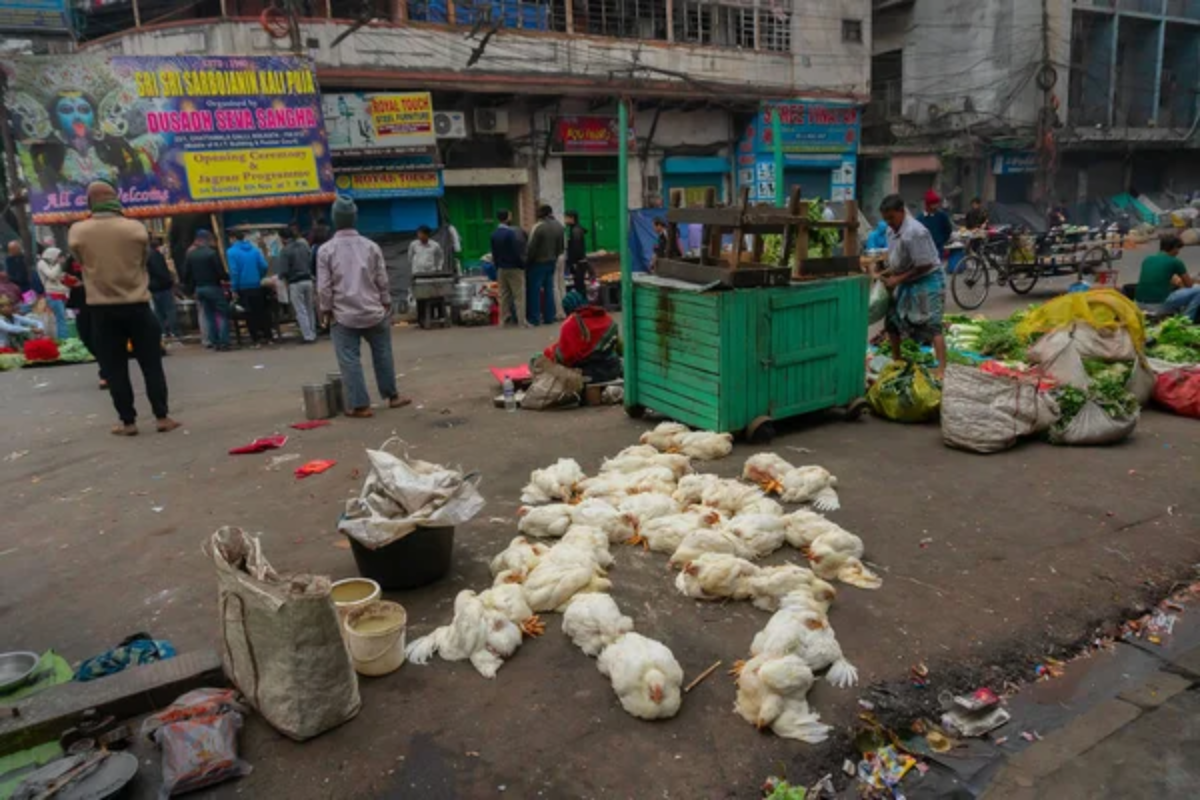
The world’s largest secondhand book market stretches for more than a mile, creating a literary ecosystem where academic texts and popular fiction circulate through generations of readers. Unlike curated Western shops, this market operates through hundreds of independent dealers arranging stock according to personal systems rather than standardized categories.
The adjacent Indian Coffee House serves as a cultural institution where writers and academics have conducted literary conversations since 1942, with book discussions continuing beyond purchase. The market’s mixture of languages—Bengali, English, Hindi, and Sanskrit—creates an international browsing experience through the juxtaposition of multiple literary traditions.
Tangier’s Medina Bookshops
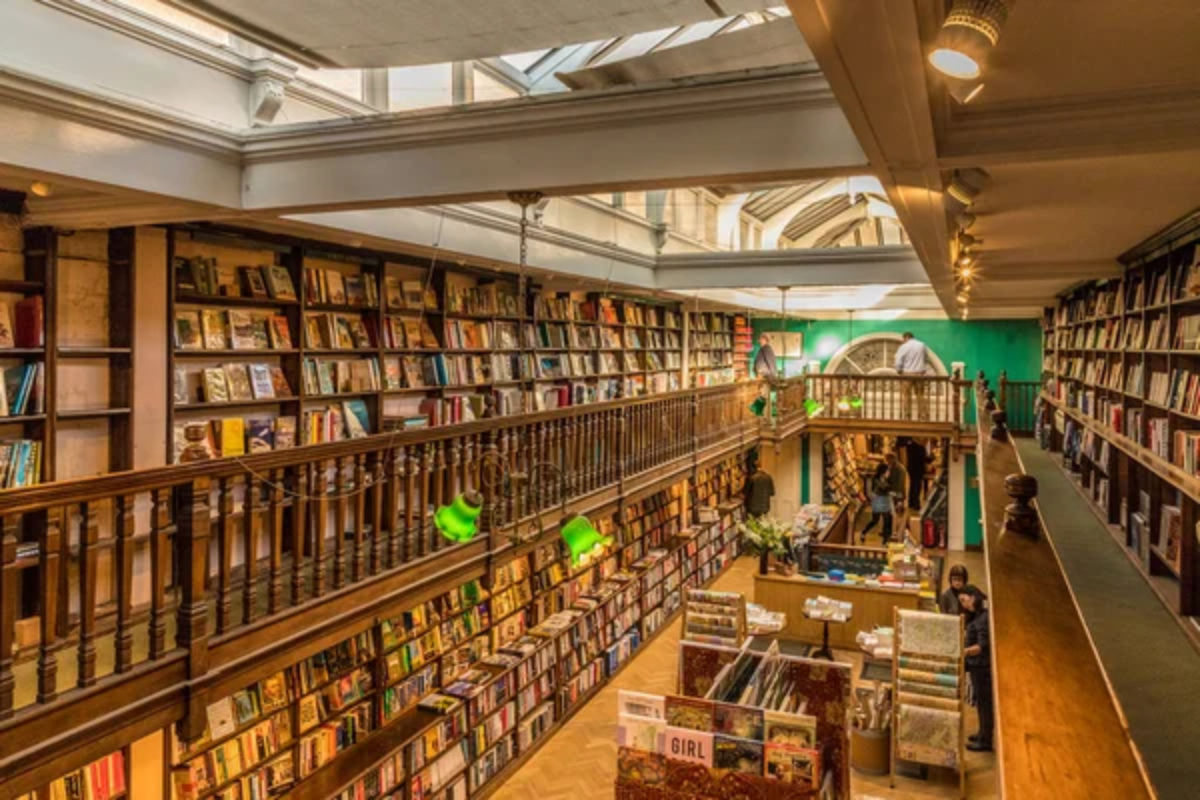
The Moroccan city’s historic international zone fostered extraordinary literary culture now preserved through shops specializing in regional history and expatriate literature. These establishments occupy traditional Moroccan buildings with central courtyards where natural light illuminates browsing areas through geometric openings rather than conventional windows.
The multicultural heritage creates naturally multilingual collections where Arabic, French, Spanish, and English materials coexist on shelves without strict separation. The tradition of mint tea service within shops encourages extended browsing sessions that transition naturally into reading time.
Tbilisi’s Dry Bridge Book Market
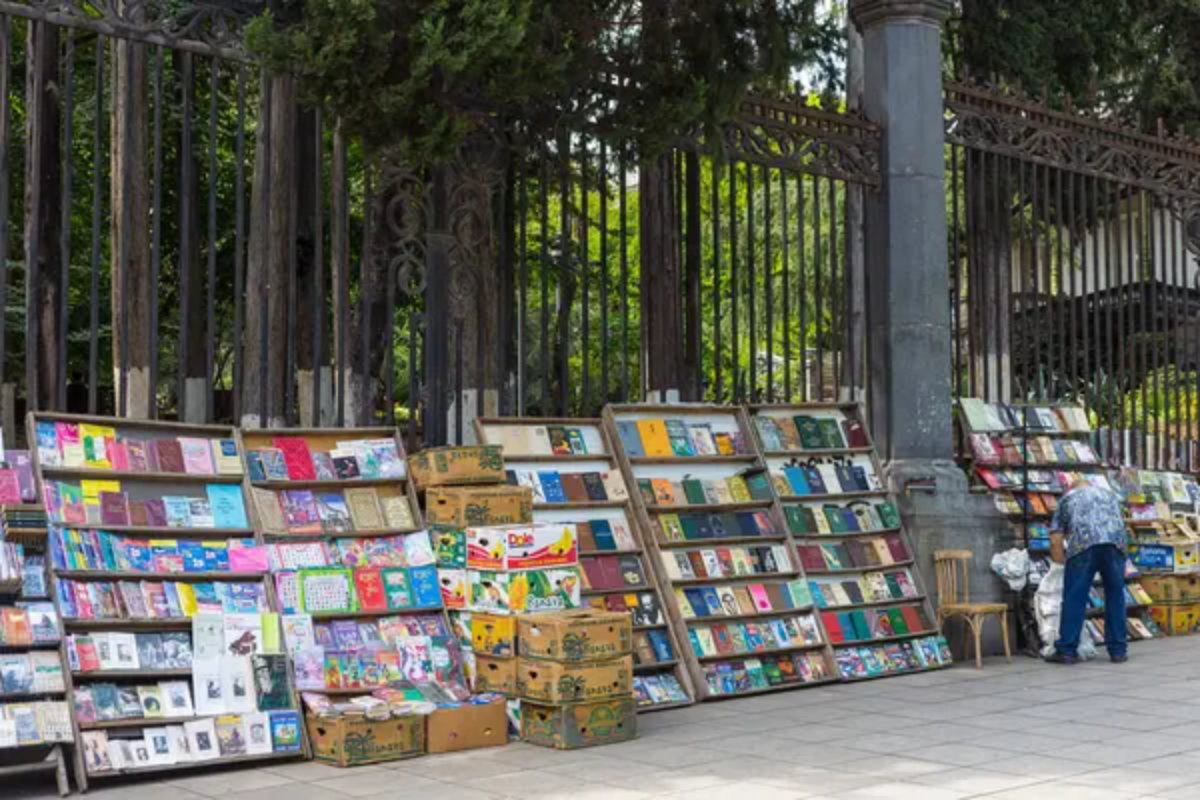
The Georgian capital maintains an open-air book bazaar where Soviet-era publications mix with contemporary works and rare manuscripts displayed on improvised tables and blankets. The market occupies a former bridge approach now serving as a pedestrian plaza where booksellers arrange displays according to weather conditions rather than fixed shop layouts.
The post-Soviet context creates unusual juxtapositions where propaganda volumes share space with dissident literature and technical manuals, creating unintentional commentary through proximity. The outdoor setting means browsing happens in a public space where conversations between strangers develop naturally around shared discoveries.
Like Travel Pug’s content? Follow us on MSN.
Oxford’s Covered Market Passages

Beyond the famous Blackwell’s flagship store, the university city maintains a network of smaller shops connected by covered walkways and passages that protect browsers from notoriously changeable English weather. These shops occupy spaces with centuries of academic history, creating environments where intellectual pursuits feel natural rather than pretentious.
The university presence ensures technical and specialized books appear alongside general interest titles, creating a browsing landscape where unexpected connections emerge through proximity. The city’s pedestrian core encourages carrying purchases between coffee shops and pubs where reading immediately follows acquisition.
Buenos Aires’ Avenida Corrientes

The Argentine capital dedicates entire city avenues to bookshops, creating a linear browsing experience stretching for miles through different architectural periods and neighborhood characters. The tradition of late opening hours—many shops remain open until midnight—creates a night browsing culture unusual in the global book trade.
The South American literary boom remains evident through an emphasis on regional authors presented alongside international selections, creating natural pathways for discovering connected works. The avenue’s theatrical heritage means performance spaces alternate with bookshops, establishing a cultural corridor where written and performed narratives coexist.
Amsterdam’s Spui Square Specialists
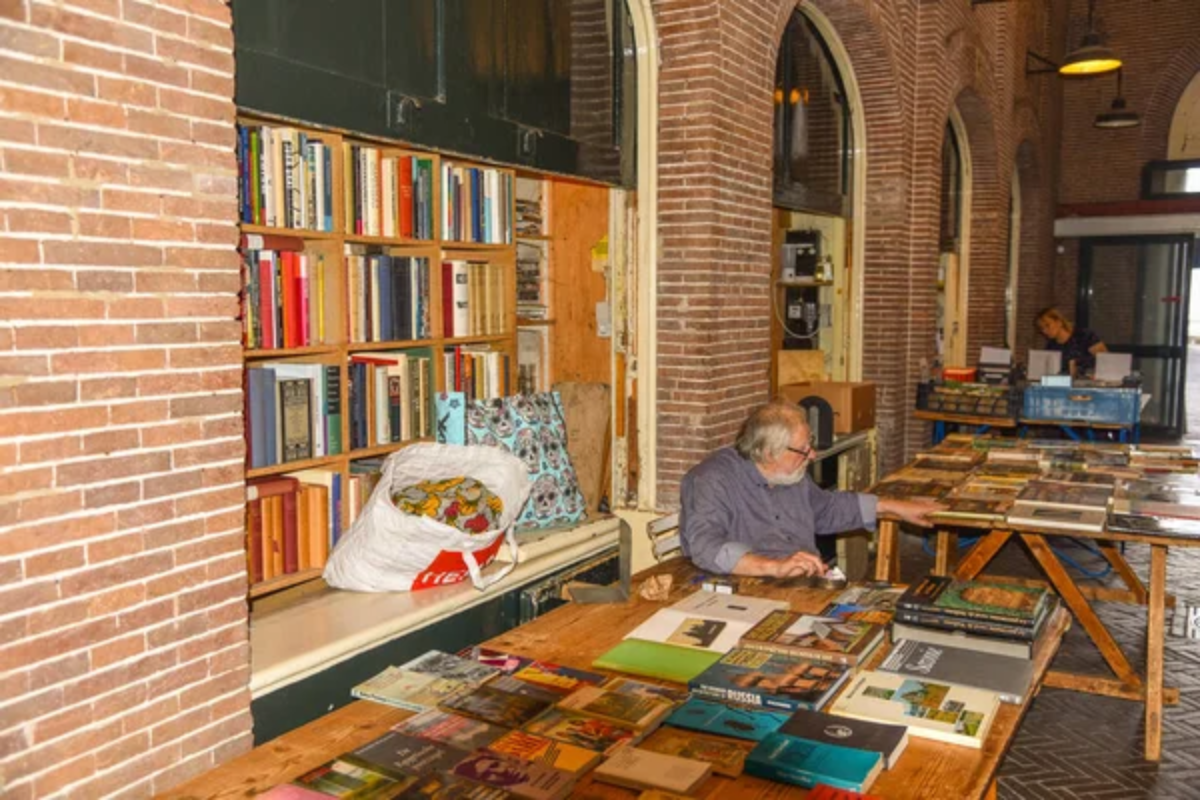
The Dutch capital concentrates literary culture around a single square where weekly book markets supplement permanent shops specializing in art volumes, international literature, and university texts. These establishments occupy historic buildings where innovative shelving solutions adapt to structural quirks like slanting floors and unusual room dimensions.
The Dutch tradition of large windows creates naturally illuminated browsing spaces where daylight reaches deep into shop interiors regardless of weather conditions. The square’s central location near university facilities ensures constant intellectual traffic, generating spontaneous conversations around display tables.
Like Travel Pug’s content? Follow us on MSN.
Seattle’s Pike Place Market Bookshops
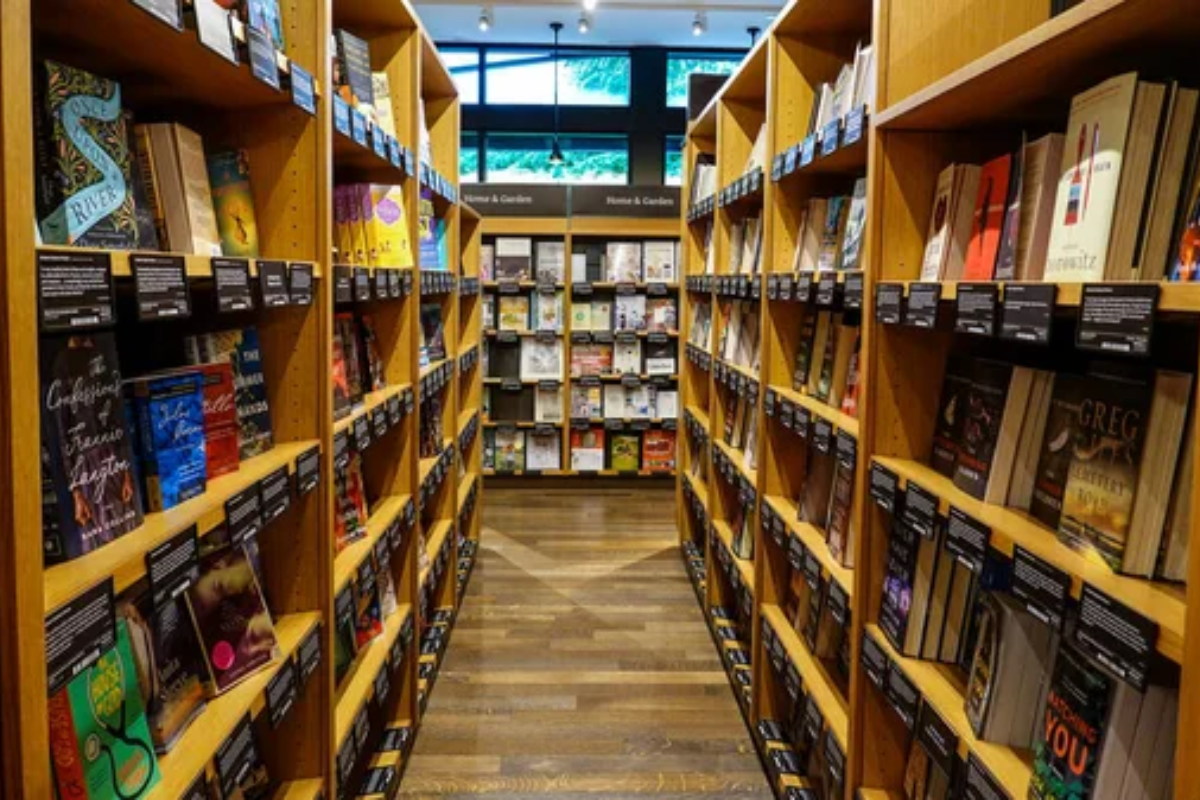
Within the famous market complex, book dealers occupy spaces between food vendors and craft stalls, creating an interdisciplinary browsing experience where cookbook shopping might lead to poetry discovery. These shops work within spatial constraints by curating specialized collections rather than attempting comprehensive coverage, developing distinctive personalities through selection rather than size.
The market’s waterfront position means natural light quality changes dramatically with weather conditions, transforming the browsing atmosphere throughout the day. The constant background hum of market activities creates an ambient soundtrack reminiscent of hushed bookshop conversations.
Seoul’s Secondhand Book Alley
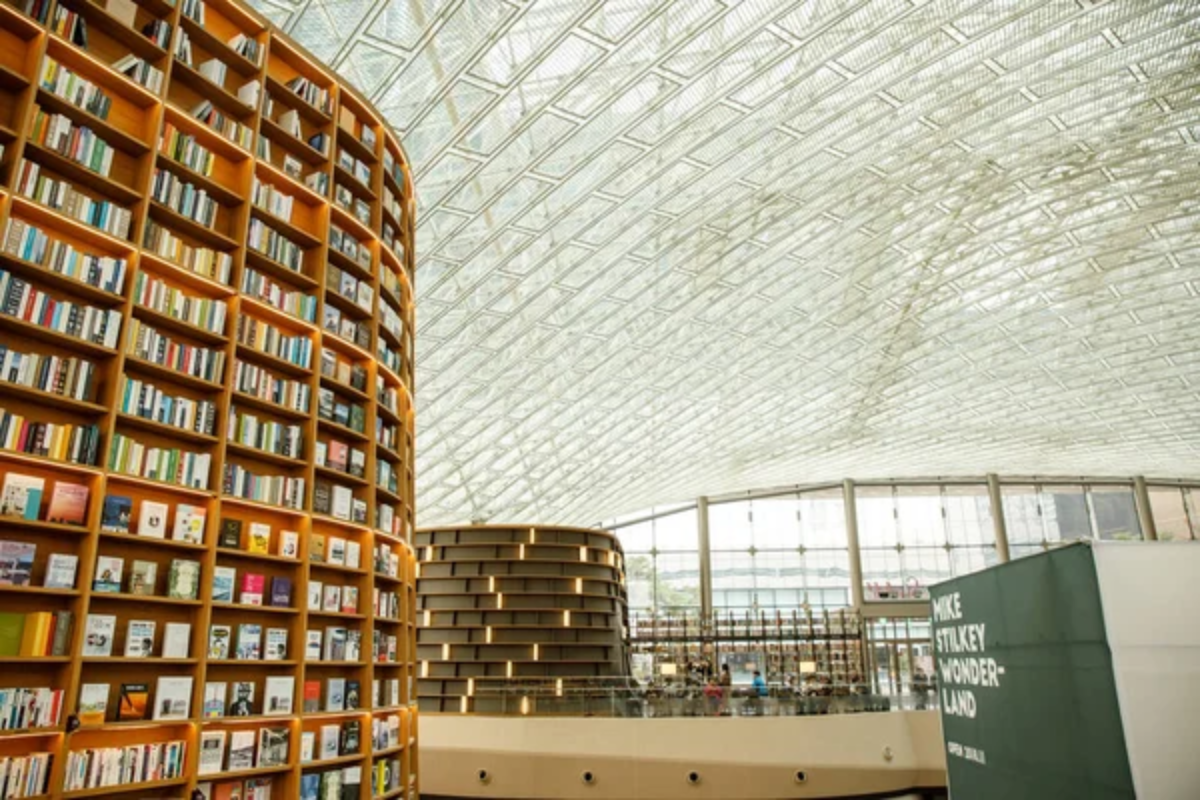
South Korea’s capital maintains a dedicated district where technology and tradition coexist through shops specializing in everything from centuries-old manuscripts to contemporary manhwa comics. The alleys function as genre divisions, with certain passages focusing on academic materials while others specialize in literature or technical subjects.
Many shops incorporate reading spaces where customers transition naturally from browsing to consuming, with some operating subscription services where regular readers pay membership fees rather than individual purchase prices. The neighborhood’s proximity to multiple universities ensures continuous circulation of materials as student generations pass through.
Literary Chronotopes

These destinations create what literary theorists call chronotopes—spaces where particular time experiences naturally develop through environmental qualities and cultural practices. They share a distinctive relationship with time different from ordinary tourism, encouraging meandering exploration without fixed endpoints or achievement metrics. Their greatest similarity with Sunday bookshop browsing involves a balance between purpose and serendipity—movement directed by interest rather than necessity, discovery valued equally with the destination.
Perhaps most importantly, these places foster a particular social atmosphere where strangers share space without obligation for interaction beyond an occasional knowing glance acknowledging shared appreciation for surrounding possibilities. The Sunday afternoon bookshop feeling ultimately involves a particular combination of gentle melancholy and anticipation—awareness of the weekend concluding balanced against discoveries waiting within unopened covers or around unfamiliar corners.
Like Travel Pug’s content? Follow us on MSN.
More from Travel Pug

- 20 Towns Built for One Purpose That Were Later Abandoned
- 15 Hidden Spots in Disney World’s Magic Kingdom Most Visitors Miss
- 20 Once-Popular Beach Towns That Are Now Ghostly Empty
- 15 Canyons in the U.S. That Are Just as Stunning as the Grand Canyon
- 10 Under-the-Radar Mountain Towns That Are Both Affordable and Beautiful
Like Travel Pug’s content? Follow us on MSN.
